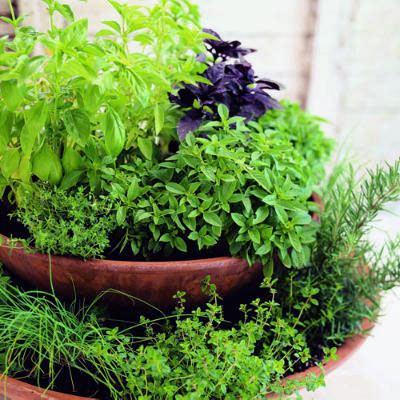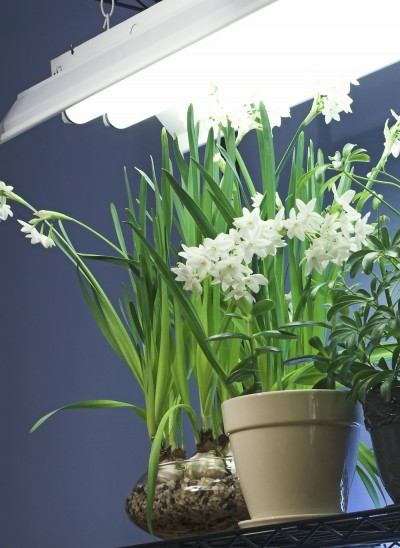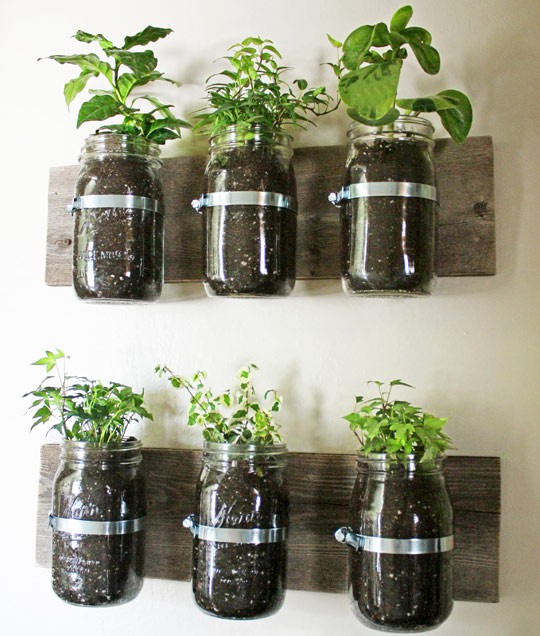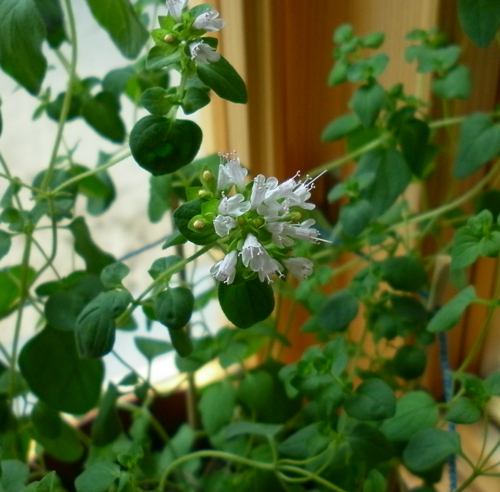Today, I want to highlight the impact temperature has on plants. It’s no secret that every plant species is adapted to a specific climatic zone, which is characterized by particular temperature ranges. Temperature varies throughout the year and even within a single day. In tropical regions, these fluctuations are minimal, but in the temperate zone where we live, they range dramatically from 40°C in summer to -30°C in winter. These temperature variations have become an integral part of a plant’s life cycle: warmer weather triggers budding, while cooler autumn temperatures signal leaf shedding. Temperature can even trick a plant’s biological clock.
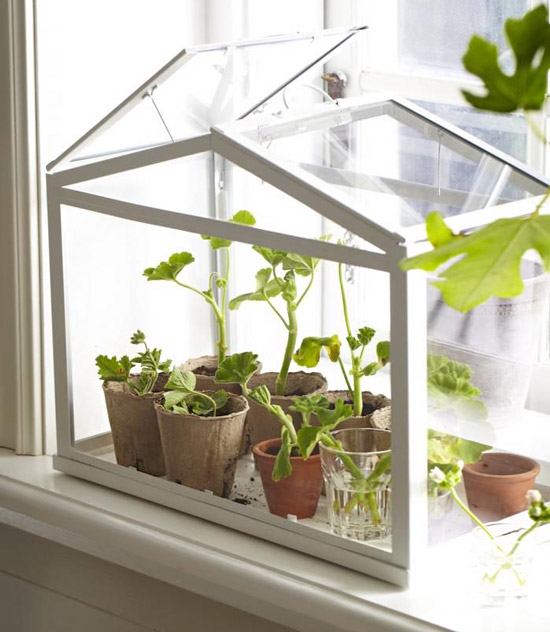
The primary problem in apartments is an excess of heat. Indoor temperatures are often stable, and any fluctuations in the room’s microclimate rarely match the atmospheric changes outside.
Let’s examine each season and determine how we can help garden herbs adapt to the microclimates of our apartments.
Summer
First, let’s consider a scenario without air conditioning. At first glance, indoor temperatures in summer seem close to outdoor conditions. However, in reality, indoor temperatures are often slightly higher than those outside – we close windows when we leave for work, glass surfaces create a greenhouse effect, and there’s not even a hint of a draft… The difference is that the greenhouse effect indoors is accompanied by dry air rather than high humidity. In the evening, when plants enter a semi-dormant state, we turn on fans to cool ourselves.
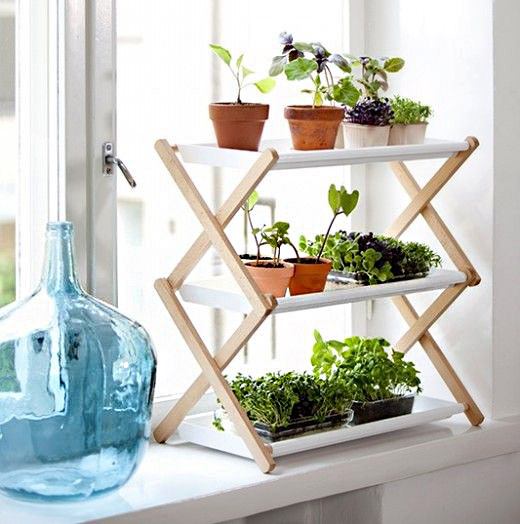
If you do have air conditioning, it tends to dry the air further, so you should spray your plants with water in the morning and evening or place bowls of water around them. You could also invest in a decorative mini-waterfall. The airflow from the air conditioner should not disturb the plants’ leaves – drafts are harmful not only to decorative houseplants but also to herbs.
Solution: Place bowls of water around your pots. The moisture will help plants withstand the summer heat. Shade the plants by attaching sheets of white paper or reflective film to the windows (this is particularly useful if your windows face south or southeast).
You can also help your plants adapt to the heat by using growth regulators such as Epin or Zircon. These products enhance plants’ resistance to dryness, heat, soil changes, and insufficient light.
Autumn and Winter
Starting in October, most of our perennial herb species gradually enter a dormant stage, withering as they wait for us to find a cool, dark place for them to rest. For instance, oregano requires such conditions. A glazed balcony where the temperature does not drop below 5°C in winter would suffice. The topic of wintering herbs in apartments deserves a separate discussion.
In winter, the average temperature in a standard apartment does not usually exceed 18°C. However, windowsills where plants are kept often get significantly warmer, drying out the soil.
Solution: I roll up a bath towel and place it between the windowsill and the radiator to diffuse the heat. This is especially useful for non-dormant plants, such as rosemary and thyme. However, even these plants should ideally be moved to cooler (10-12°C), yet bright locations.
Spring
Spring brings a phase of active growth for our herbs. During this time, we typically repot our plants, and they require slightly more warmth to thrive. Spring doesn’t always arrive according to the calendar, so some supplemental heating might be necessary.
Solution: I practice using warm water (around 30°C) for watering the plants.
Ventilate the rooms in the evenings, regardless of the season. It’s beneficial not only for the plants but for us as well.
In the next post, I’ll discuss proper lighting for your windowsill garden .
